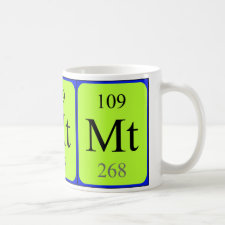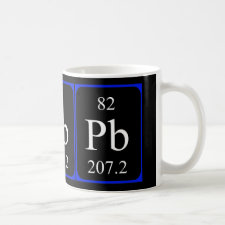
Authors: Esen C, Andaç M, Bereli N, Say RI, Henden E, Denizli A
Article Title: Highly selective ion-imprinted particles for solid-phase extraction of Pb2+ ions.
Publication date: 2009
Journal: Materials Science and Engineering: C
Volume: 29
Issue: (8)
Page numbers: 2464-2470.
DOI: 10.1016/j.msec.2009.07.012
Alternative URL: http://www.sciencedirect.com/science/article/B6TXG-4WTRS8F-1/2/7ebe487d78b1cd4890eefc60ec9c4dea
Abstract: The Pb2+-imprinted (PHEMAC-Pb2+) particles were prepared by bulk polymerization as a solid-phase extraction (SPE) adsorbent. N-methacryloyl-(l)-cysteine (MAC) was used as functional monomer to have a well-shaped molecular geometry between MAC monomer and Pb2+ ions that provide molecular recognition based on well fitted cavities for Pb2+ ions after removal of template ions. The PHEMAC-Pb2+ particles were characterized and the applicability of these particles was investigated for the solid-phase extraction of Pb2+ ions from aqueous solutions and environmental samples. The PHEMAC-Pb2+ particles with a size range of 50-200áÁm have a rough surface and macropores in bulk structure. The adsorption capacity of the PHEMAC-Pb2+ particles is relatively low (2.01ámg/g). However, the high selectivity towards competitive ions (Cd2+, Ni2+ and Cu2+) promises the PHEMAC-Pb2+ particles an alternative SPE adsorbent in literature. The relative selectivity coefficients of PHEMAC-Pb2+ particles for Pb2+/Ni2+, Pb2+/Cd2+ and Pb2+/Cu2+ were almost 71, 117 and 192 times greater than that of non-imprinted (PHEMAC) particles, respectively. Moreover, the reusability of the PHEMAC-Pb2+ particles was tested for several times and no significant loss in adsorption capacity was observed. The accuracy of the proposed procedure was also verified by the determination of Pb2+ ions in the certified reference material, LGC 6137 Estuarine sediment
Template and target information: lead ion, Pb(II)
Author keywords: Ion-imprinted particles, selective recognition, Lead determination, Solid-phase extraction, molecular imprinting



Join the Society for Molecular Imprinting

New items RSS feed
Sign-up for e-mail updates:
Choose between receiving an occasional newsletter or more frequent e-mail alerts.
Click here to go to the sign-up page.
Is your name elemental or peptidic? Enter your name and find out by clicking either of the buttons below!
Other products you may like:
 MIPdatabase
MIPdatabase









